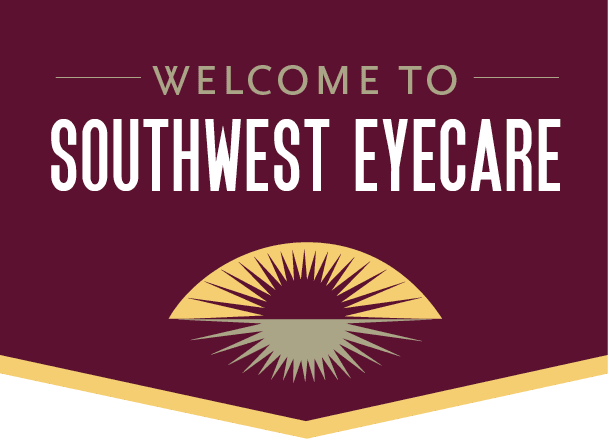Refraction
Refraction is the name of an eye test and a physician interpretation to produce a valid prescription for your glasses. This is a non-covered service for Medicare and most medical insurance companies.
If you need a new prescription for new eyeglasses during your visit there is a $55.00 fee for this service beyond what your insurance will cover. We request that you pay this fee at the time of your visit.
Eyeglass prescriptions typically expire after one year.
During an eye exam, the gold standard for testing a patient's vision is a refraction eye exam. This procedure is painless and straightforward for the patient, but it gives their physician important information about how their eyes are working. It's an effective way to determine how a patient can see and if they need corrective lenses. It works so well that even ophthalmologists use it to test children's vision.
If you've ever had your vision tested, you'll probably recognize this test, but you may not realize how useful it is. Here's what you should know about the refraction eye test.
What is a Refraction Eye Test?
This exam is the classic vision test most people think of when they picture having their eyesight tested. When someone goes to an ophthalmologist because their vision is blurry, one of the first things the doctor will do is give them a test known as refraction.
The test is done with a piece of medical equipment called a phoropter, which looks like a massive pair of goggles covered in switches and dials. The phoropter is lowered, so the patient's eyes are lined up with two lenses, allowing them to look at an eye chart on the wall.
To determine the best way to correct the patient's vision, the doctor uses this tool to help them focus on the letters on the eye chart. The eye is an intricate organ with different structures that work together to focus, or refract, the light that enters it. If all these parts work together perfectly, the light becomes a clear picture that the optic nerve carries to the brain. But if any of them aren't functioning quite right, the image is blurry.
To test how well all these parts of the eye are working, the doctor uses the switches, knobs, and lenses of the phoropter to check the patient's vision. These different parts of the exam help them determine how well the various structures in the eye are working. With each change, the doctor will ask questions to methodically find the very best correction for that patient's eyes.
Refraction and Pediatric Eye Exams
Many people who need corrective lenses get their first pair of glasses as children. It's vital to ensure that children can see as clearly as possible for developmental, educational, and safety reasons. A refraction test is an effective way to check their vision.
Schools and pediatrician's offices often give children simple vision screenings. They will have the child first cover one eye, then the other, and try to read letters on an eye chart. Although this screening process might identify children who need glasses, there's no way it can capture all the information required to demonstrate how well your child's eyes are working.
A refraction eye exam can determine if your child has myopia (nearsightedness), hyperopia (farsightedness), or astigmatism (misshapen cornea). This critical test can also help alert the doctor if there may be other health issues related to their eyes. Since this test is painless and easy, children usually aren't hesitant to cooperate.
Choose Southwest Eye Care for All Your Vision Needs
If you or your child is due for an eye exam, we invite you to take a look at everything Southwest Eye Care has to offer. Our skilled, experienced physicians offer the finest care for healthy eyes. We provide a wide range of services for all ages, from refraction eye exams to meticulous optical surgery.
Contact us For more information or to schedule an appointment with one of our physicians today!

